- contributed by Emily Gainer.
Photographs are amazing! They bring back memories; they document moments in our lives; they allow us to see people that we’ve never met. As family treasures, they are invaluable pieces of history. From an archives perspective, photographs are fragile and easily damaged.
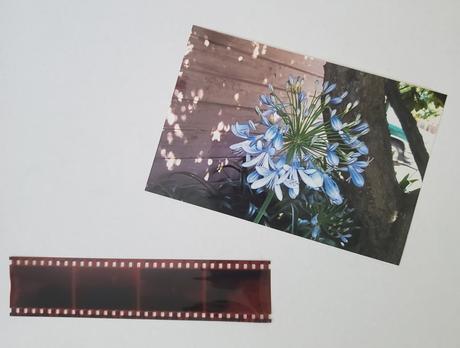 Print photograph and negative.
Print photograph and negative.
In this blog, I’ll outline 5 tips for long-term preservation of photographic prints and negatives.
- Handling: Oils and dirt from your fingers can damage photographs, especially negatives. It is recommended that you wear white cotton gloves while handling photographs, but if those aren’t available, handle the photographs along the edges with clean, dry hands.

- Identifying: The number one rule of preservation is don’t do anything that can’t be undone! In this vein, don’t write on the back of photographs with a marker or pen. Write with a pencil on the enclosure (folder, envelope, photo album, box). Post-it notes are not recommended, even if you put them on the back of your photographs, because they can leave behind a sticky residue.
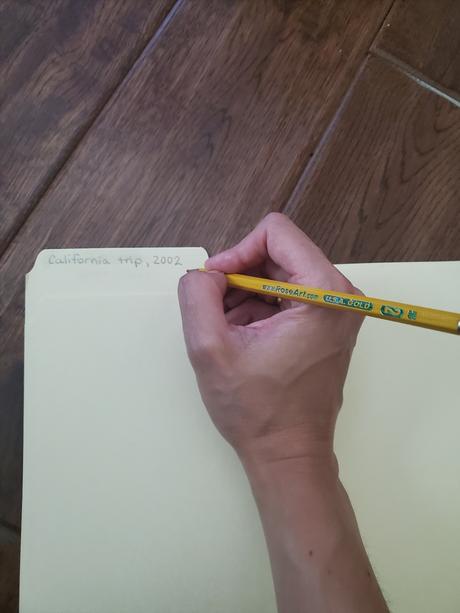
- Organizing: There are many ways to organize family photographs. It’s a personal choice, and there is no wrong answer. When deciding how you want to organize your photographs, consider how they will be stored, accessed, and used. I would suggest organizing your photographs by year, and then by event within each. For example, gather all of your 1986 photographs together, and then all of the photos taken at your 1986 birthday party together, and then all of the Christmas 1998 photographs together. Start again for 1999 and 2000.
- Weeding: In the archives profession, we sometimes do weeding, which is the process of identifying and removing unwanted materials from a larger body of materials. I would urge you to consider weeding your family photographs as well. For example, you may have duplicate copies when you only need one. Get rid of those blurry photos! The photos with someone’s finger over half the frame! The photos with everyone’s eyes closed! It might be difficult, but it can make your family preservation efforts more manageable and highlight the “good stuff”.
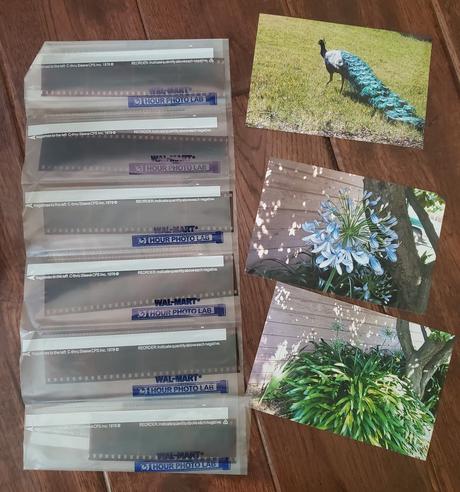
- Storage: Storing photographs in envelopes, sleeves, albums, and boxes is essential for their long-term preservation. These enclosures protect against light, dust, air pollutants, and help buffer against changes in temperature and humidity. Here are storage options:
- Paper enclosures help protect from light, as well as support the photographs physically. Paper enclosures include unbuffered file folders, envelopes, and storage boxes.
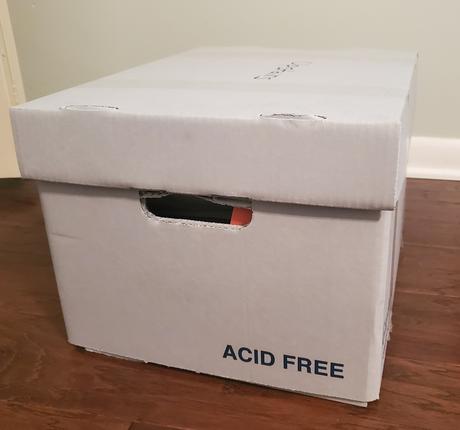
- Plastic enclosures might be more appropriate for photographs that will be handled and viewed often. These three plastics are currently considered acceptable for long-term storage: polyester, polypropylene, and polyethylene. (Vinyl, PVC, and magnetic photo albums are not recommended. These are recognizable by their oily feel and strong smell.) Archival product suppliers have options for sleeves and envelops in various sizes.
- Purchasing storage supplies from a trusted archival products supplier is your best bet. We recommend Gaylord Archival, Hollinger Metal Edge, and University Products. Materials that are safe for photo storage will be identified with P.A.T. (Photographic Activity Test).
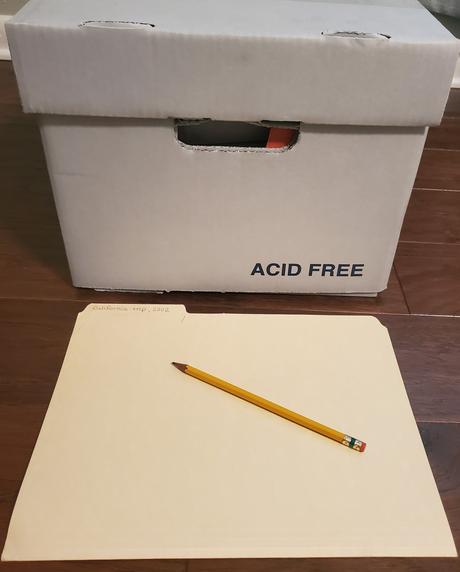
- Paper enclosures help protect from light, as well as support the photographs physically. Paper enclosures include unbuffered file folders, envelopes, and storage boxes.
These tips will hopefully provide a starting point for you to preserve your family photos! If you want to learn more about photograph preservation, I recommend this free booklet from Gaylord “Guide to Collection Care”.
